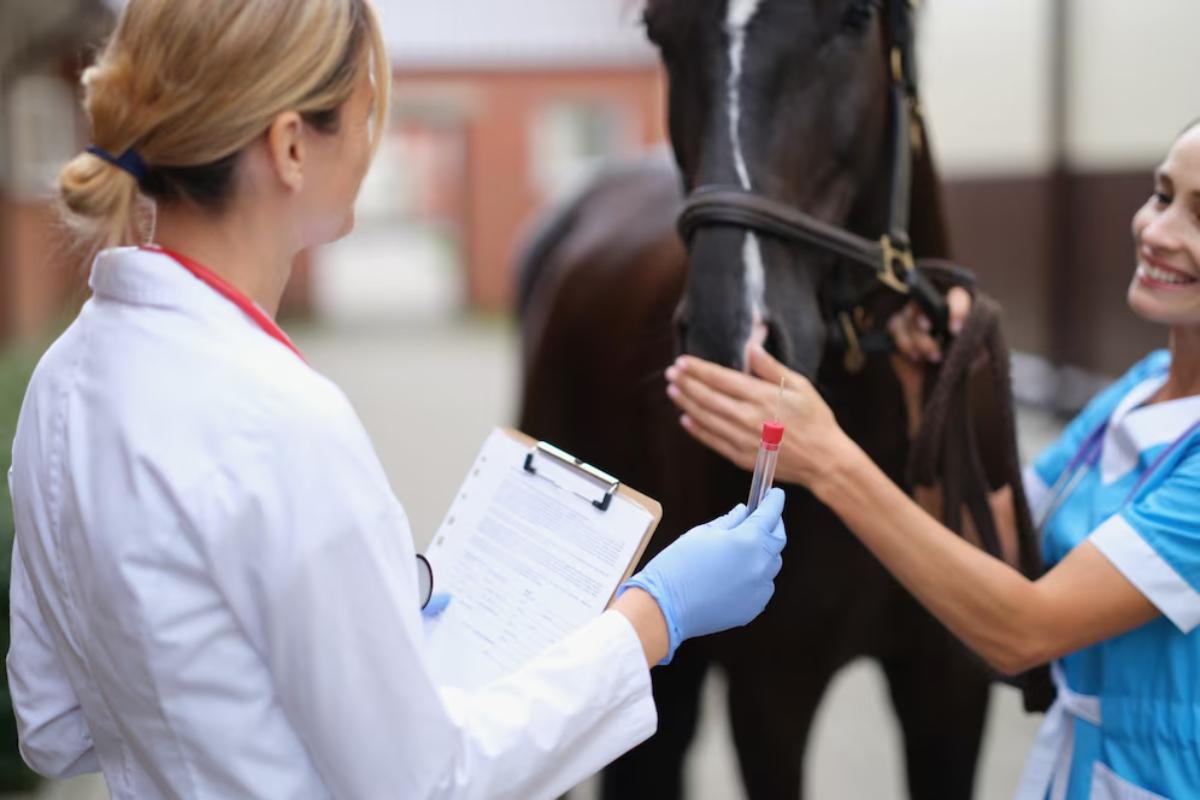
Factors That Affect Pet Insurance Premiums
Imagine this: your cat swallows a hair tie, or your dog injures a paw chasing squirrels. The vet bill? It’s not pocket change. That’s when pet insurance becomes more than a nice-to-have — it’s a financial lifeline.
But when you go shopping for a policy, the prices are all over the place. One provider quotes £10 a month; another, £45. What gives?
If you’ve ever scratched your head wondering why pet insurance seems so variable, you’re not alone. Understanding pet insurance premium factors is key to making smart, cost-effective decisions for your furry companion. The goal of this guide is to pull back the curtain on how pet insurance costs are calculated, so you know exactly what you’re paying for and how to make it work for your budget.
Let’s explore the truth behind pet insurance rates and the many factors that influence them, from breed and age to postcode and even how active your pet is.
Why Understanding Pet Insurance Costs Matters
You might be tempted to pick the cheapest policy and call it a day. But cheaper doesn’t always mean better. A low premium might come with high excess fees, limited coverage, or frustrating claim processes.
Knowing what goes into your pet insurance quote helps you:
- Choose the right policy for your pet’s specific needs
- Avoid hidden costs or nasty surprises during a claim
- Balance the budget and protection without compromising on care
Because when your pet’s health is on the line, clarity matters.
1. Your Pet’s Species
Dogs vs Cats
It may not come as a surprise that dogs usually cost more to insure than cats. Why? On average, dogs are more likely to need medical treatment, from minor injuries to serious conditions, and they often have higher vet bills.
According to the Association of British Insurers, the average claim for a dog is around £793, while cats average £533.
Tip: If you’ve got multiple pets, some providers offer multi-pet discounts.
2. Breed-Specific Risks

Pedigree vs Crossbreeds
Your pet’s breed plays a major role in determining your premium. Pedigree pets, while adorable, are often more prone to hereditary conditions, and therefore cost more to insure.
Examples of high-risk breeds:
- Labradors: Prone to hip dysplasia
- Bulldogs & Pugs: Susceptible to breathing issues
- Persian Cats: Can suffer from kidney disease and dental problems
Crossbreeds, on the other hand, tend to have fewer genetic issues, which can make them more affordable to insure.
Key takeaway: The more health risks associated with a breed, the higher the pet insurance rates.
3. Your Pet’s Age
Younger Pets = Lower Premiums
It’s no secret — the earlier you insure your pet, the cheaper your premium is likely to be. Insurers love younger animals because they’re less likely to have pre-existing conditions or expensive medical needs.
But once your pet hits middle or senior years, expect those premiums to rise. Many policies also introduce co-payments (e.g. 20% of each claim) once your pet turns eight.
Planning tip: Get covered early and stick with the same provider — it’s the best way to ensure ongoing cover for long-term conditions.
4. Your Location
Urban vs Rural
Believe it or not, where you live can affect your pet insurance costs. Urban areas, especially cities like London or Manchester, often have higher vet fees, and insurance premiums tend to match.
Vets in urban areas may charge more for rent, equipment, and services. The result? Higher claims, higher premiums.
Pro tip: Some insurers factor in your postcode when calculating your quote, so it’s always worth comparing providers if you move.
5. Type and Level of Cover
Basic to Premium Plans
There’s a big difference between accident-only cover and lifetime insurance.
| Cover Type | What It Includes | Typical Monthly Cost (Dogs) |
| Accident-Only | Injuries from accidents only | £5–£10 |
| Time-Limited | Short-term illnesses/injuries (usually 12 months) | £10–£20 |
| Maximum Benefit | One-off payout per condition | £15–£25 |
| Lifetime Cover | Ongoing treatment for chronic conditions | £25–£60+ |
The bottom line: The more comprehensive your plan, the higher your premium—but also the more financial protection you get.
6. Annual Vet Fee Limit
How Much Will the Insurer Pay?

Each policy has a maximum amount the insurer will pay toward vet fees per year (or per condition).
- Low limit: £1,000–£2,000 (budget-friendly, but risky)
- Mid-range: £4,000–£7,000 (covers most routine and emergency care)
- High limit: £10,000–£15,000 (ideal for peace of mind)
Warning: Low-limit plans may leave you paying the difference in a serious medical emergency.
7. Your Policy Excess
What Do You Pay First?
The excess is the amount you pay before your insurance kicks in. A higher excess usually means lower monthly premiums, but more out-of-pocket costs when you make a claim.
Some policies offer:
- Fixed excess (e.g. £100 per condition/year)
- Percentage-based excess (e.g. 10–20% of the claim amount, often for older pets)
Pro tip: Choose an excess that balances affordability with realistic claim costs.
8. Claims History and Policy Renewal
Frequent Claims = Higher Risk
Just like with car insurance, a history of frequent claims can affect your premium over time. If you claim often, your insurer may increase your renewal price or offer fewer discounts.
Insider tip: Some insurers guarantee not to raise prices after claims, so it’s worth asking when signing up.
9. Pre-Existing Conditions
Limited or No Cover
If your pet has a documented medical issue before the policy starts, it’s considered pre-existing. Most insurers won’t cover treatment for that condition — unless it has been symptom-free for a specified period.
This affects your premium and limits your options.
Best move: Insure your pet while they’re young and healthy, before any conditions arise.
10. Add-Ons and Extras
Customising Your Cover
Some pet insurance providers allow you to personalise your policy with add-ons like:
- Dental cover
- Complementary therapies (e.g. physiotherapy, acupuncture)
- Overseas travel cover
- Third-party liability (for dogs)
- Advertising & reward if your pet goes missing
Each add-on increases your premium, so choose wisely.
Example: Overseas travel cover might be essential if you regularly take your pet abroad, but unnecessary if you never leave the UK.
11. Your Pet’s Lifestyle

Indoors vs Outdoors
A housecat who lounges on the sofa all day poses a much lower insurance risk than a free-roaming cat who scales fences and gets into scraps.
Similarly, a dog with a chilled-out temperament and fenced garden is less risky than a highly active dog that regularly hikes or participates in agility training.
Insurers sometimes ask lifestyle-related questions when calculating your quote. Be honest — it helps ensure claims go smoothly.
12. Your Insurer’s Business Model
Direct vs Brokered vs App-Based
Some companies underwrite their own policies, while others act as brokers or digital-first platforms.
- Traditional providers (like Petplan) may offer more extensive vet networks.
- App-based insurers (like Waggel or ManyPets) often provide faster claims and tech-savvy perks.
- Brokers may offer flexible terms but with less direct control.
Watch for: Differences in claims processing, service quality, and renewal terms depending on the provider type.
Final Thoughts: Be Informed, Not Surprised
Understanding what goes into your pet insurance premium isn’t just about cost — it’s about confidence. It ensures that when the unexpected happens (and with pets, it often does), you’re not caught off guard emotionally or financially.
Let’s recap the key pet insurance premium factors:
- Your pet’s species, breed, and age all matter
- Your location and vet costs play a part
- The level of cover, excess, and add-ons shape your monthly rate
- Your pet’s lifestyle and health history are also considered
Insurance is never one-size-fits-all. What works for a sprightly young border collie may be a poor match for a senior Persian cat. Take the time to assess your pet’s needs, and compare policies based on more than just price.


